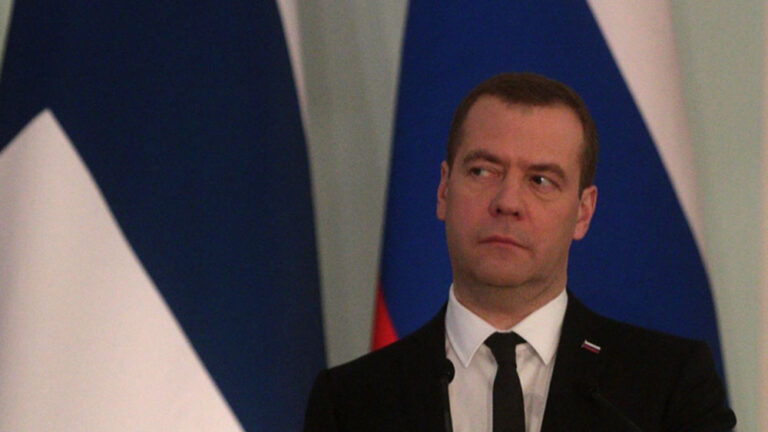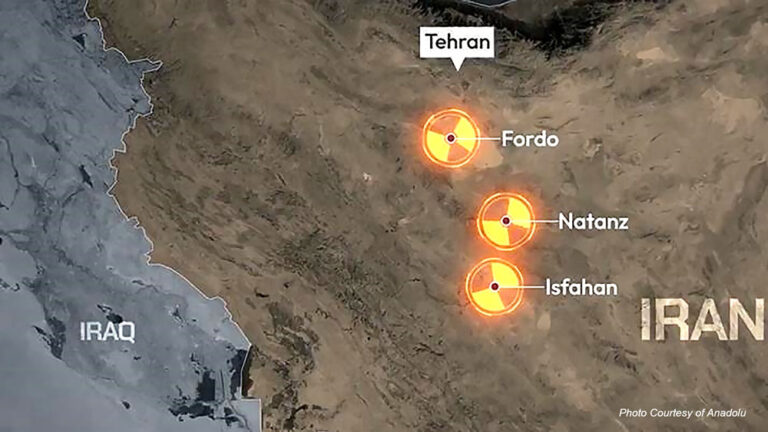On Feb. 9, UPI reported that Syrian Kurdish force YPG had occupied two villages in Aleppo, at the request of local Arabs seeking refuge from Russian and Syrian airstrikes.
YPG also reportedly transferred 30,000 displaced people — including many Arab families — fleeing the fighting to safety in the Kurdish-held city of Afrin, up from 10,000 the previous week according to a UN official. They were initially refused entry into Turkey.
In Iraq, Kurdish-held territories are also havens where civilians flee to escape fighting and massacre by ISIS.
In June 2014, when the ISIS scourge first advanced into Iraq, UN officials reported some 300,000 Iraqis fled to “safe zones” in Kurdish controlled territory.
Kurdish territories in Iraq now host over 2 million refugees, including Yazidi women rescued by PKK that are fighting together against ISIS, though the BBC says the areas are also being bombed by Turkish F-16s.
What appears to be organically emerging in both Iraq and Syria are Kurdish-controlled safe zones for refugees.
Safe zones require credible ground troops
Turkish President Recep Tayyip Erdogan has been calling for a no-fly zone/ISIS-free zone in Syria. However, in a November 2015 Atlantic article entitled “The Hidden Danger of Safe Zones in Syria,” Dominic Tierney argued that safe zones can only work if such areas are guaranteed and enforced by ground troops, protected from air and ground attacks, and if “great powers and regional actors are united and committed to protecting civilians.”
On the air account, Kurdish-held territories in Syria largely qualify given both US and Russian/Syrian warplanes do not target the Kurds. Turkish warplanes would unlikely target them given that Russia controls Syrian air space.
On the ground, Kurdish forces are formidable warriors with proven ability to effectively battle ISIS and al-Qaeda affiliates, so Kurdish-held territories are not only “safe zones” for refugees, but also genuine “ISIS-free zones.”
This is not the case for territories held by Saudi/Turkey-backed “rebel” groups that have aligned with al-Nusra and other Islamic extremists, and where the lines among jihadi groups including ISIS are often blurred by various mergers.
And despite Turkey’s construction of an illegal new refugee camp inside Syria, and encouraging refugees in Turkey to cross the border to its rebel-held “safe zone,” some believe this would actually lead to the creation of an “unsafe zone” by using them as human shields.[5]
By contrast, Kurds have been the West’s best bet against ISIS and in securing safe zones.
In a March 2015 Rudaw article, Professor David Romano from Missouri State University observed that in less than a year Kurdish forces in Iraq recaptured just about all the territory lost to ISIS in August 2014, and more.
This was done all “with a small fraction of the money and effort spent trying to train and equip the [now defunct] Syrian Arab “moderate” rebel force, with the added bonus that none of the weapons supplied to the Kurds were turned over to ISIS or Jabbat al-Nusra.”
Kurds also share western values on human rights and political liberty, and as Gareth Jenkins from Johns Hopkins University’s Central Asia and Caucasus Institute noted, in addition to having consistently outperformed both the PYD and the Peshmerga on the battlefield, PKK units and “the willingness of its militants to sacrifice their lives in defense not only of their fellow Kurds but also of Christians, Yazidis, and even Turkish-speaking Turkmen has considerably enhanced the PKK’s reputation both inside and outside the region.”
This stands in stark contrast to Erdogan’s army last summer, when they stood passively and watched ISIS massacre Kobane’s Kurds until the US military intervened.
Moreover, by July 2015 Syrian Kurdish forces were rapidly retaking ISIS territories and close to sealing the border with Turkey to stem its supply line. Unfortunately, Turkey halted the advance and began to attack the Kurds.
Which buffer zone will cut ISIS supply line?
As a result, Patrick Cockburn from The Independent argued that Erdogan’s attack on Kurds has degraded anti-ISIS efforts, forced the Kurds to fight a two-front war against ISIS and the Turkish army, thereby strengthening ISIS.
Now that the Kurds are once again advancing in Aleppo to seal the border, on Feb. 13 Turkey began shelling YPG positions in Aleppo. There are also reports that Turkey is constructing refugee camps inside Syria as a new buffer zone, and to prevent Kurds from closing the Syrian/Turkey border.
As Erdogan pursues his ground war on Syrian Kurds, would Turkey further attack refugees in Kurdish-held safe zones and exacerbate the humanitarian crisis by driving more refugees to Europe?[9] Turkey is already shelling Afrin and the civilian population, where the city and its countryside shelter many refugees from Aleppo.[10] Or, could invading Turkish ground forces try to route additional refugees to the newly constructed Syrian camp in rebel/al-Nusra-held territory and create Erdogan’s coveted buffer zone?
Regardless of a Turkey-controlled or Kurdish-controlled buffer zone, there is now an urgent need to seal the Turkey/Syrian border. On Feb. 11, during a taped interview on CBS News’s 60 Minutes, CIA chief John Brennan disclosed ISIS has acquired chemical weapons attack capability and is seeking to proliferate them abroad for attacks in Europe and elsewhere.[11] As such, Brennan urged that “it’s so important to cut off the various transportation routes and smuggling routes that they have used.”
These routes go through Turkey — and the Kurds are more likely than the Turks to seal that. They are also Syrians — not foreign troops or foreign jihadi fighters inside Syria. As the threat of ISIS proliferating chemical weapons abroad now supersedes all other considerations in Syria, world powers need to have a dialogue regarding Turkey and Saudi ambitions that end up empowering ISIS — especially as ISIS pivots to Asia.
Impact of Turkey/Saudi policy on Asian security
It is disquieting enough that Turkey and Saudi Arabia disregard legitimate Asian security concerns by supporting Asian militants as part of the anti-Assad rebel forces. But now that Philippines al-Qaeda affiliate Abu Sayyaf, Mujahidin Indonesian Timor and other Southeast Asian jihadi groups have pledged allegiance to ISIS, Asian powers such as China, India, Japan, South Korea and Southeast Asian states have a direct security stake in what happens in Syria.
In March 2015, Indonesian police suspected that returning Indonesian ISIS fighters were behind an attempted chemical weapons attack in Jakarta. National Police Inspector General Titot Karnavian noted, “This is a signature of ISIS … it is connected to a group likely already returned from Syria.” It marked the first time such an attack was attempted in Indonesia. This, after ISIS had already been accused of using chlorine gas against Kurdish forces in Iraq.
Even peaceful regions that hitherto had never been exposed to terrorism or Islamic extremism such as Taiwan, are at risk of having this virus inflicted upon them. The possibility is raised by a jihadist Internet image of ISIS blowing up the capital’s Taipei 101 Tower last February.
Given Turkey/Saudi policy’s harmful impacts on Asian security, Asian powers need to clarify their legitimate security concerns to Ankara and Riyadh in regard to cutting off ISIS’ supply line, and focusing on concrete steps to degrade groups like ISIS and al-Qaeda that threaten their homelands.(CHRISTINA LIN)
Link: http://atimes.com/2016/02/a-tale-of-two-buffer-zones-in-syria-and-isis-pivot-to-asia/



